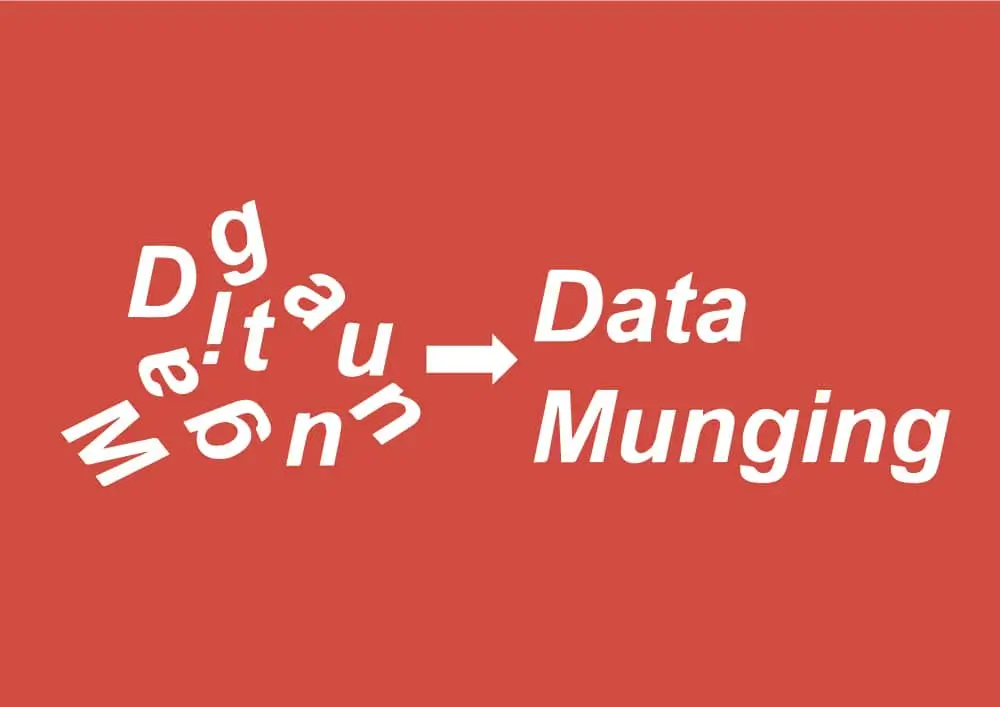What is data wrangling with Python?| Goals & steps

Here's What We've Covered!
Data wrangling is one of the most important components in the data science workflow. It involves the processing of data in various formats like concatenating, grouping, merging, etc. for the purpose of getting them used with another set of data or for analysing. In Python, there is a built-in feature that applies wrangling methods to numerous datasets to achieve the analytical goal.
Let’s understand Data Wrangling little better!
Let’s assume that you are working on a Titanic: Machine learning from Disaster challenge. When you decide to use your preferred classification algorithm, you realise that the training dataset contains are a mix of categorical and continuous variables. Which means you will need to change some of the variables into an appropriate format.
However, the problem is that the raw data that you have cannot be used for the analysis until manipulated, also known as Data Wrangling. The set of messy data needs to be cleaned with data wrangling tools before you can use it anywhere.
Definition of Data Wrangling and Data Munging
More often than not, you find yourself dealing with a lot of data, which is of no use to you in its raw form. The process of cleaning the data enough to input to the analytical algorithm is known as Data Wrangling. It is also referred to as Data Munging.
So, if you will ask any data analysts, data scientists or statisticians on which task they spend most of their time. The answer will be data cleaning or data wrangling and data munging, and not coding or running a model that uses the data.
Data Wrangling with Python using Pandas Library
One of the preferred tools for data visualisation in Python is Pandas Library. It used for data manipulation and analysis. It was originally built by Numpy. The data structure offered by Pandas is fast, expressive and flexible. These are specifically designed to make real-world data analysis easier.
However, it is not that easy to use Pandas Library for the beginners as it may seem quite elaborate and hard to find a single point entry to the material. To start with, you may read books like and Pandas Cookbook by Julia Evan and understand the basics of Python. Anaconda and other video tutorials can also be used to interact with Pandas easily, even for the non-coders.
The Goals of Data Wrangling with Python:
- Gathering data from numerous sources to reveal a more profound intelligence within it
- Provide actionable and accurate data in the hands of business/data analysts in a timely matter
- Reduce the time spent collecting and organising, in short cleaning unruly data before it can be used
- Enable data analysts and scientists to focus on the analysis of data, not the wrangling part
- Help senior leaders in an organisation to take better decisions
The Key Steps to Data Wrangling with Python:
Data Acquisition
Naturally, nothing can happen without identifying and obtaining access to the data within your sources. Well, what you must know before acquiring the data are the following:
- Every data is different and has been created differently
- Recognising the authenticity of the data obtained
- Identifying the source of the data
Joining Data
Once the data has been obtained from all the sources, it needs to be edited. The modified data is then combined for further use and analysis.
Data Cleansing
The real task begins here onwards. This step involves the redesigning of data into a usable or functional format. And if required, you need to make corrections or remove any bad data from your database. It is a very tedious job, so must have the precision and knowledge of the particular field.
Since wrangling using various data wrangling tools is an essential part of data analysis, make sure that your data is in up-to-date before you apply an algorithm to it. Dropping the null values, filtering it and selecting the right data are the steps to prepare the data, without which data analysis is not possible. Data preparation ensures that any machine treatment or learning that you are applying to the wrangled data is fully effective. And Python and Pandas are the most powerful tools available for data wrangling and data munging. Use data wrangling tools to the best of your knowledge and advance in your data science career.
Resent Post
>
Which Courses After 12th Commerce With High Salary Are in Demand Worldwide?
>
How to Find ACCA Jobs Online After Qualifying: Real Portals, Tips & Career Guidance
>
Financial Modelling Classes in Hyderabad: Your Guide to the Best Institutes
>
Still Paying CFA Enrollment Fees? Here’s the Big 2026 Update!
>
How to Use myACCA Like a Pro: Dashboard, Exams, Deadlines & More!
Follow Us For All Updates!



